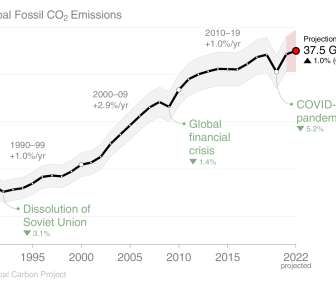IHS Markit: better-than-expected growth in global automotive semiconductor revenue in 2020; bolstered by uptake in EVs
Green Car Congress
NOVEMBER 6, 2020
to just over $38 billion, which contrasts to the mid-year view where semiconductor revenues were expected to drop 20% by year end compared to 2019. This differs from the “cash for clunkers” type of initiative employed in certain regions following the 2009 financial crisis designed to get older vehicles off the road.












Let's personalize your content